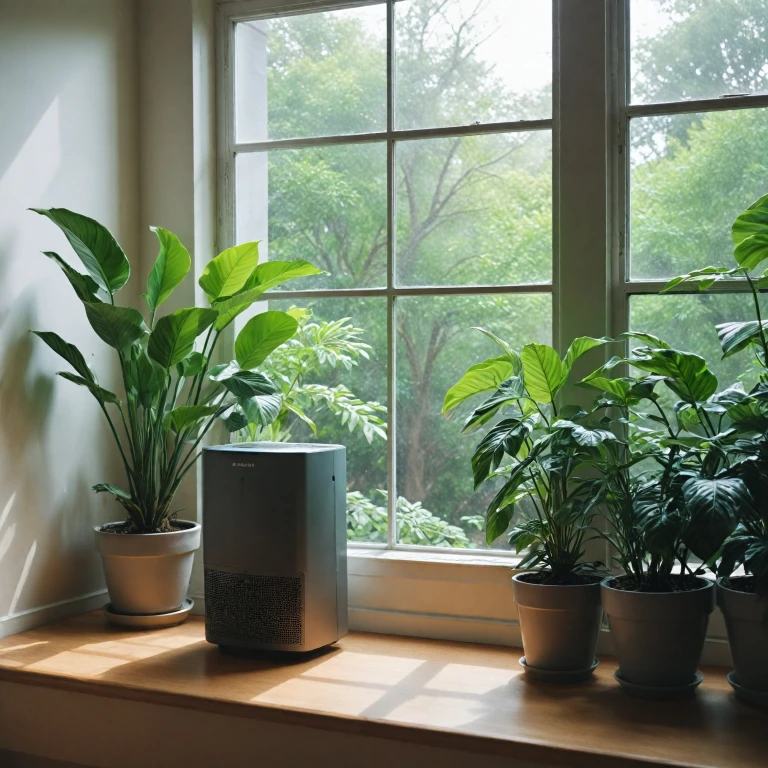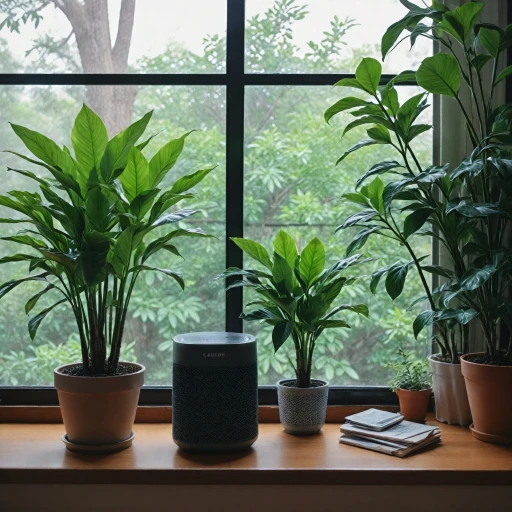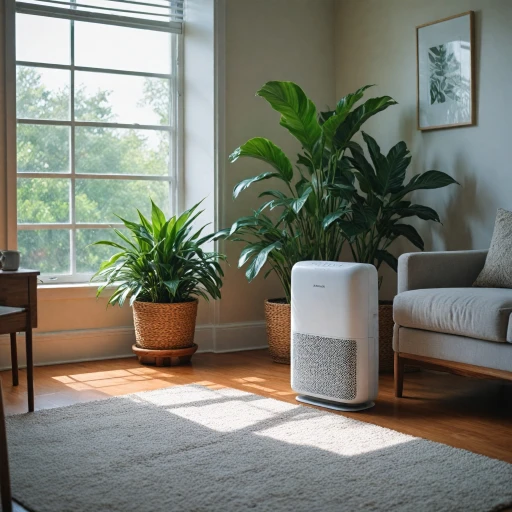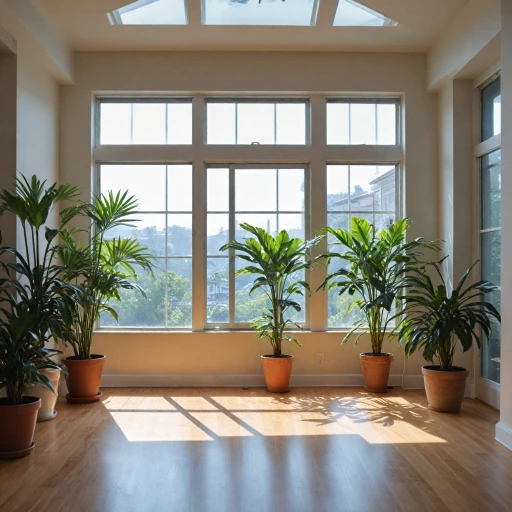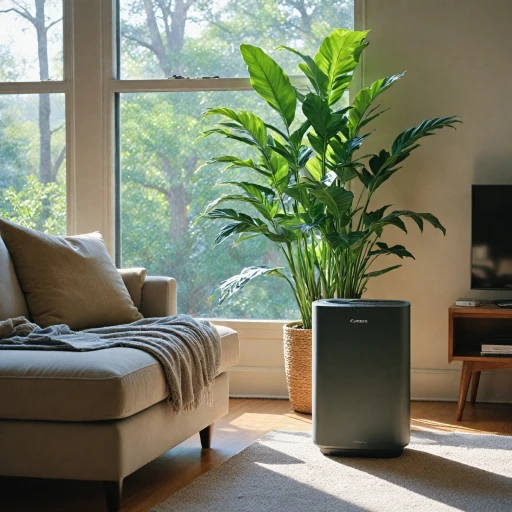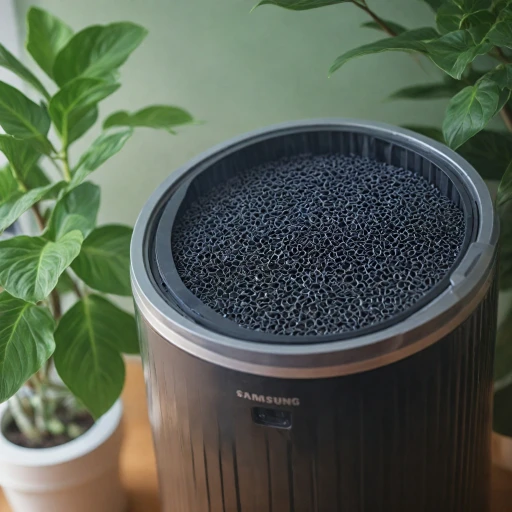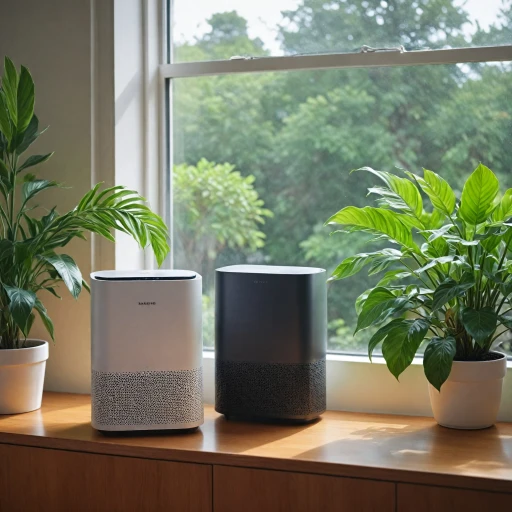Understanding How Air Purifiers Work
A Deeper Look at Air Purification
Air purifiers are increasingly popular for maintaining and improving indoor air quality. Understanding how they operate is fundamental to recognizing their potential in effectively eliminating odors in various environments, including those from smoke and weed. Air purifiers generally function by drawing indoor air through a series of filters that trap airborne particles. Among the most significant components are the True HEPA filters and activated carbon filters.- True HEPA filters are renowned for their capacity to capture up to 99.97% of particles as small as 0.3 microns, including dust, pollen, and particulate matter.
- Activated carbon filters specialize in removing volatile organic compounds and odors. The benefits of a carbon air purifier are particularly evident in environments where smells are persistent, like rooms with cooking odors or areas where weed smoke is common.
Types of Air Purifiers and Their Effectiveness on Smells
Exploring Different Air Purifier Technologies
When it comes to tackling odors, not all air purifiers are created equal. Understanding the types of air purifiers available and their effectiveness in eliminating smells can help you make an informed decision.
HEPA Filters and Odor Removal
HEPA filters are renowned for capturing particulate matter, such as dust and pollen, but they aren't specifically designed for odor removal. While HEPA filters can improve overall air quality by trapping particles, they may not be the best choice if your primary concern is odors. However, they can help with reducing smoke particles, which often carry unpleasant smells.
The Role of Activated Carbon Filters
Activated carbon filters are highly effective in removing odors and volatile organic compounds (VOCs) from the air. These filters work by adsorbing gaseous particles and are particularly useful for tackling smells from cooking, pets, or even weed smoke. If odor elimination is your priority, consider air purifiers with a substantial amount of activated carbon. For more details, you can explore the benefits of charcoal filters in air purifiers.
Advanced Air Purifier Models
Some air purifiers, like the Coway Airmega and Airmega Mighty, incorporate both HEPA and activated carbon filters, offering a comprehensive solution for improving indoor air quality and reducing smells. These models often include smart features, such as auto mode, to adjust the purifier's settings based on the current air quality, ensuring a clean air environment in your room.
While air purifiers can significantly help with odor control, it's essential to choose the right type and model based on your specific needs and the common sources of indoor odors you encounter.
Common Sources of Indoor Odors
Where Odors Come From In Indoor Spaces
Indoor spaces are often plagued with various odors, which can affect the overall air quality and comfort. Understanding the common sources of these odors can help in choosing the best air purifier to tackle the problem.
Several factors contribute to indoor smells:
- Cooking: While preparing food, smells from cooking can linger and might mix with smoke, creating persistent odors in the room. This is common in open kitchens where ventilation isn’t always optimal.
- Pets: For pet owners, dander, urine, and feces are typical sources of unpleasant smells, especially if not cleaned regularly. Additionally, litter boxes or pet bedding can contribute to undesired odors.
- Smokers: Tobacco or weed smoke is notorious for clinging to furniture, walls, and fabrics, leading to a persistent smell. The particulate matter from smoke can be challenging to eliminate completely.
- Volatile Organic Compounds (VOCs): Often released from cleaning agents, paints, and other household products, VOCs can release smells and affect indoor air quality. They are not only smelly but can also pose health risks when inhaled over long periods.
- Mold and Mildew: Moist environments can harbor mold and mildew, which produce a musty smell and may require more than just purifiers to eliminate effectively. They can also release harmful particles into the air.
While air purifiers help with minimizing these odors, it is crucial to select one with the appropriate filters. Activated carbon filters are especially effective in trapping volatile organic compounds and smoke particles, aiding in the reduction of smells.
Nonetheless, a strategic approach often involves complementing air purifiers with good hygiene practices and regular cleaning to manage these odors efficiently.
For more tips on maximizing the efficiency of your air purifier, ensuring a clean environment and addressing these odor challenges, explore resources on the diverse benefits of air purifiers.
Benefits Beyond Odor Removal
Expanding the Usefulness of Air Purifiers
Air purifiers are widely recognized for their ability to tackle odors, but their benefits extend well beyond mere smell elimination. By integrating advanced technologies such as HEPA and activated carbon filters, these devices significantly enhance indoor air quality, which in turn contributes positively to overall well-being.- Removal of Particulate Matter: High-efficiency particulate air (HEPA) filters excel in capturing fine particles, such as dust, pollen, and pet dander. These filters adhere to strict standards, capable of removing up to 99.97% of particles as small as 0.3 microns, ensuring clean air and minimizing allergy triggers.
- Neutralization of Volatile Organic Compounds (VOCs): Activated carbon filters are particularly effective in adsorbing VOCs, which are often released from household products like paints, cleaners, and furnishings. This activity not only lowers odor levels but also mitigates potential health hazards.
- Reduction of Weed Smoke and Other Irritants: While unpleasant to many, smoke from tobacco or weed can pervade carpets, curtains, and upholstery. Air purifiers equipped with true HEPA filters and activated carbon can help with trapping smoke particles, contributing to fresher indoor environments.
- Improvement in Overall Air Quality: With features such as auto mode, devices like the Coway Airmega Mighty continuously monitor and adjust their operation based on real-time air quality assessments, offering smart solutions for maintaining optimal air quality.
Limitations of Air Purifiers in Odor Control
Challenges in Odor Control
Air purifiers indeed serve as an asset in improving air quality, particularly in removing odors, but it is crucial to acknowledge their limitations. Not all purifiers are created equally when it comes to tackling persistent smells. Here's what to keep in mind:- Types of Filters: Not every filter is designed to handle odors. While true HEPA filters are excellent at trapping particulate matter, they cannot effectively neutralize odors. Those seeking relief from smells, such as weed smoke or cooking aromas, should consider purifiers with activated carbon filters, which adsorb volatile organic compounds and odors.
- Unit Placement and Size: The placement and size of your air purifier are vital in optimizing performance. A purifier that is too small for a room won't sufficiently clean the air of odors. Additionally, improper placement can reduce its effectiveness. Larger spaces may require multiple units to manage odors efficiently.
- Origin of Smells: Not all smells can be eradicated by air purifiers alone, especially if the odor is deeply embedded in furniture, carpets, or other materials. In such cases, an air purifier can help maintain a baseline of air quality, but additional actions might be necessary.
- Maintenance Needs: For optimal performance, regular maintenance of filters is essential. This includes timely replacement of carbon filters and cleaning of the unit as required. Overused or clogged filters can significantly reduce a purifier's capacity to manage smells.
Tips for Maximizing Air Purifier Efficiency
Enhancing the Performance of Your Air Purifier
To truly optimize the effectiveness of your air purifier in combating odors, several strategies can be employed. While some factors might seem basic, they significantly define the air quality improvement you can achieve.- Choose the Right Type: Different purifiers help with different types of smells. For instance, those equipped with carbon filters are exceptional in adsorbing volatile organic compounds (VOCs) and odors. On the other hand, true HEPA filters effectively capture particulate matter but might be less effective on smells unless combined with activated carbon.
- Proper Placement: The location of your air purifier plays a crucial role in its efficiency. Place it close to potential odor sources, such as a kitchen or a room where weed smoke lingers. Ensure it has adequate space around it for optimal air circulation.
- Regular Maintenance: Consistent cleaning and timely replacement of filters are paramount. Clean air filters ensure that the purifier continues to capture particles effectively. Pay special attention to replacing activated carbon filters if you aim to target smoke and various odors.
- Utilize Auto Mode: Many modern air purifiers, such as the Coway Airmega Mighty, come with a smart auto mode that adjusts fan speed based on air quality. This feature can help when you want automatic adjustments to tackle odors swiftly as they occur.
- Control Humidity and Ventilation: Beyond using an air purifier, maintaining proper ventilation and managing indoor air humidity levels can reduce the intensity of unwanted smells. It helps the purifier deliver clean air more effectively.
- Address the Source: While purifiers are beneficial, they complement other measures like cleaning and identifying odor sources. Address the root cause whenever possible to support the efforts of your air purifier.
